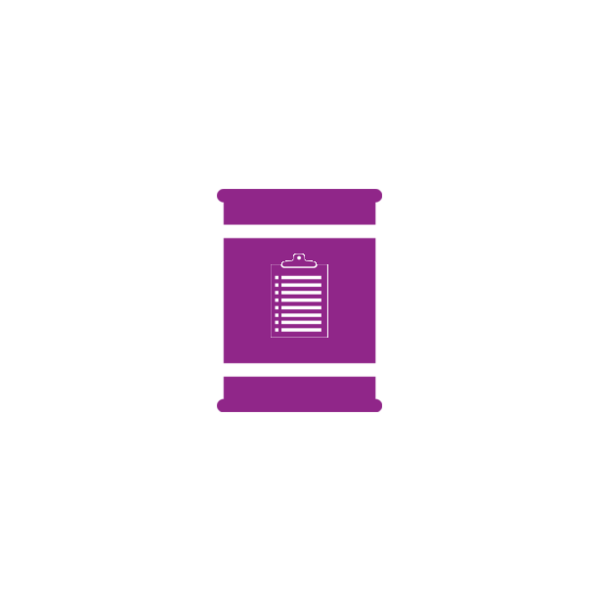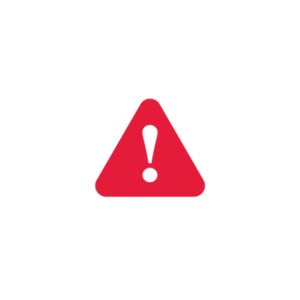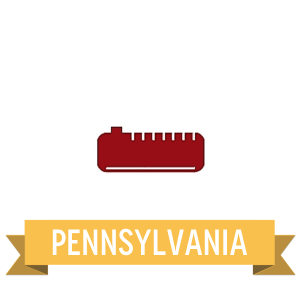Course level: Introductory
Access duration: 1 year
Applicable states: Alabama, Alaska, Arizona, Arkansas, California, Colorado, Connecticut, Delaware, Florida, Georgia, Hawaii, Idaho, Illinois, Indiana, Iowa, Kansas, Kentucky, Louisiana, Maine, Maryland, Massachusetts, Michigan, Minnesota, Mississippi, Missouri, Montana, Nebraska, Nevada, New Hampshire, New Jersey, New Mexico, New York, North Carolina, North Dakota, Ohio, Oklahoma, Oregon, Pennsylvania, Rhode Island, South Carolina, South Dakota, Tennessee, Texas, Utah, Vermont, Virginia, Washington, West Virginia, Wisconsin, Wyoming.
This training course covers the following information:
- What a Spill Prevention, Control, and Countermeasure (SPCC) plan is
- SPCC training requirements and goals
- What types of oils are covered by the SPCC program
- Spill prevention and planning requirements
- Ways to prevent or minimize the potential for spills
- What are secondary containment and diversionary structures
- Operations, equipment, and processes which have a potential to cause a spill
- Basic spill response expectations
- How to respond to an emergency involving serious injury
- How to response to a non-emergency spill
- Reporting incidental shop spills
- Reporting requirements
- Accidental sewage discharges
- What to do if you discover an underground storage tank (UST) leak
- Secondary containment system drainage procedures
- Fuel delivery and grease trap pumping best management practices (BMPs)
- Other oil-filled process equipment
Media included:






